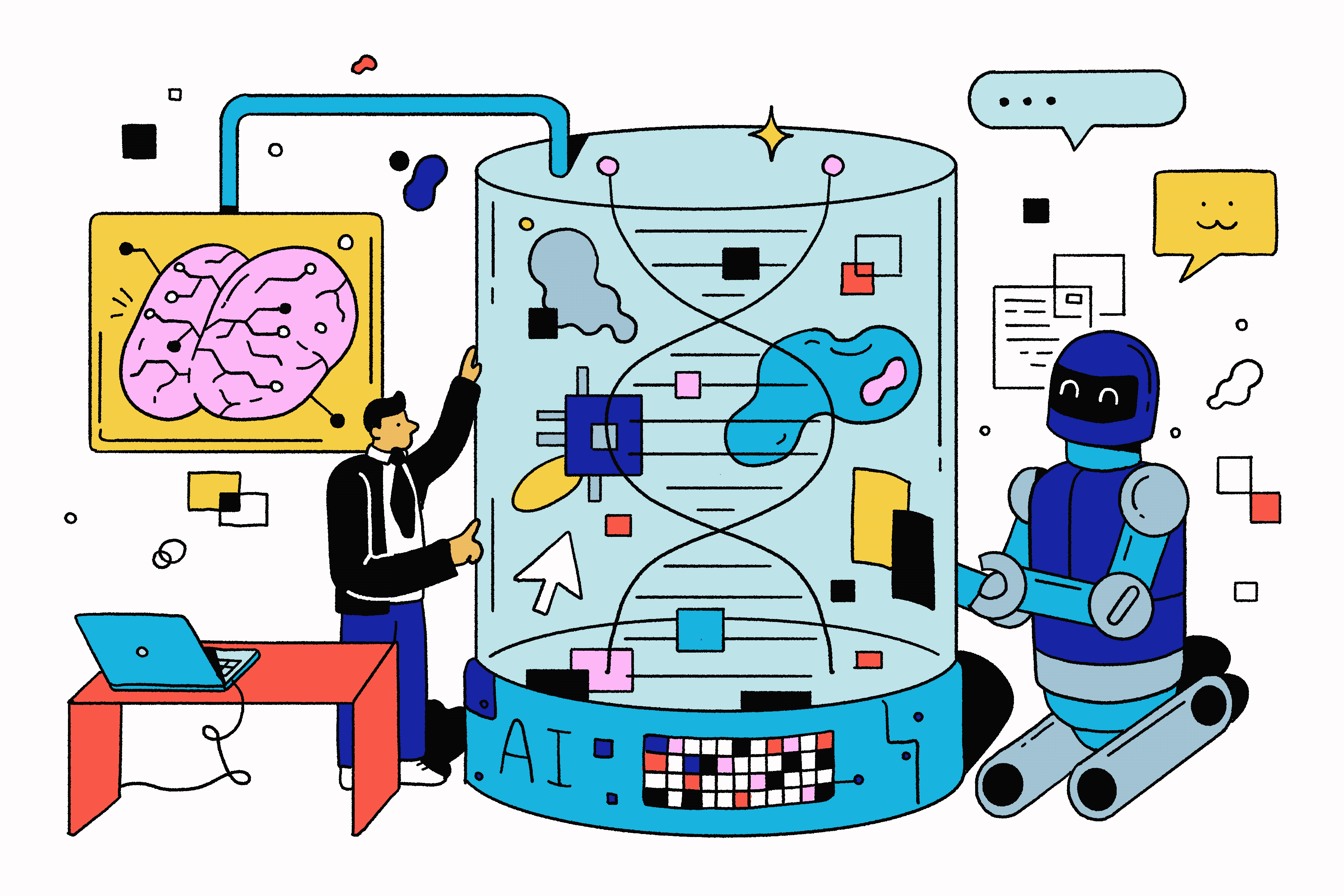For the third year in a row, recruiting and retaining staff is the top hurdle hindering districts’ ability “to deliver extraordinary student outcomes,” concludes a new report from the nonprofit Consortium for School Networking.
The organization—which represents school district chief technology officers and other ed-tech leaders—said in the report that the next two big challenges school districts will have to address this year are cybersecurity and scaling innovation.
The “Driving K-12 Innovation report” highlights the “hurdles,” “accelerators,” and “tech enablers” impacting education innovation for the year ahead based on a survey of, and discussions with, more than 140 educators and information technology professionals in the United States and abroad.
Laura Geringer, the project director for the “Driving K-12 Innovation” report, noted that K-12 education is at a turning point, fueled largely by the evolution of artificial intelligence.
“Generative AI was a big topic and ended up being woven throughout all of the conversations about the other topics,” Geringer said.
The CoSN report comes as schools are dealing with troubling levels of student academic achievement and facing accelerated changes in education technology, with the rise of generative artificial intelligence and schools becoming the top target for cyberattacks.
How do we create a culture of innovation where people want to be a part of the change and want to be a part of public education? That's a huge priority for me.
For Lauren Owens, who is in her first year as the executive director of technology for the Agua Fria district in Arizona, the three challenges that are top of mind for her are generative AI, cybersecurity, and staffing.
“It doesn’t matter if you are a Title I district, if you are in a suburb, those three areas are hitting every education organization across the world,” Owens said.
Cyberattacks continue to be a looming threat for schools, many districts are in the beginning stages of implementing AI, and “you need people who can handle generative AI and cybersecurity, and that is harder to find right now,” she added.
Higher workloads fuel recruitment and retention problems
Teshon Christie, the chief of digital transformation and innovation for the Highline district in Washington, said the staffing problem “makes it challenging” for students to learn from qualified teachers and for districts to hold professional development initiatives. The “workload is higher” now, as well, for everyone in schools, which makes retaining educators a challenge, he said.
The report attributes the ongoing challenge of recruiting and retaining educators to “social and emotional burnout” and “low pay compared to other sectors.”
“When you get these superskilled, talented people who are coders or who are cybersecurity specialists, there’s not a lot of draw for them to stay in public education, when those jobs are absolutely needed in the private sector where they make more money,” Owens said. “How do we create a culture of innovation where people want to be a part of the change and want to be a part of public education? That’s a huge priority for me.”
To meet this moment of accelerated change and “increase the speed of innovation,” more educators are considering new approaches for how students demonstrate what they’re learning, such as competency-based grading; strengthening educators’ leadership skills; and teaching students to take more initiative in their learning, according to the report.
To better serve their students and staff, the report recommends that districts leverage generative AI; adaptive technologies, or tools that change a student’s learning pathway depending on how they interact with it; and a more interconnected digital learning environment, which would allow for a more seamless experience for students to easily access their learning materials and collaborate with peers and teachers.
Geringer of CoSN recommends that educators use its report as “a basis to have conversations about where you are and where you want to go; about what barriers, hurdles, catalysts, accelerators, and tools will help you get from where you are toward the future that you want to have in your specific school.”
The Agua Fria district, Owens said, is already working on a strategic plan to integrate AI into the district’s culture. The school system is also thinking about training its own large language model. The goal of that model would be to make educators’ jobs easier.
Christie, from the Highline district, is preparing all staff to be able to use AI, whether for instructional use or for operational and facilities uses, “to create efficiency” to free up schools to spend more time helping students learn.










